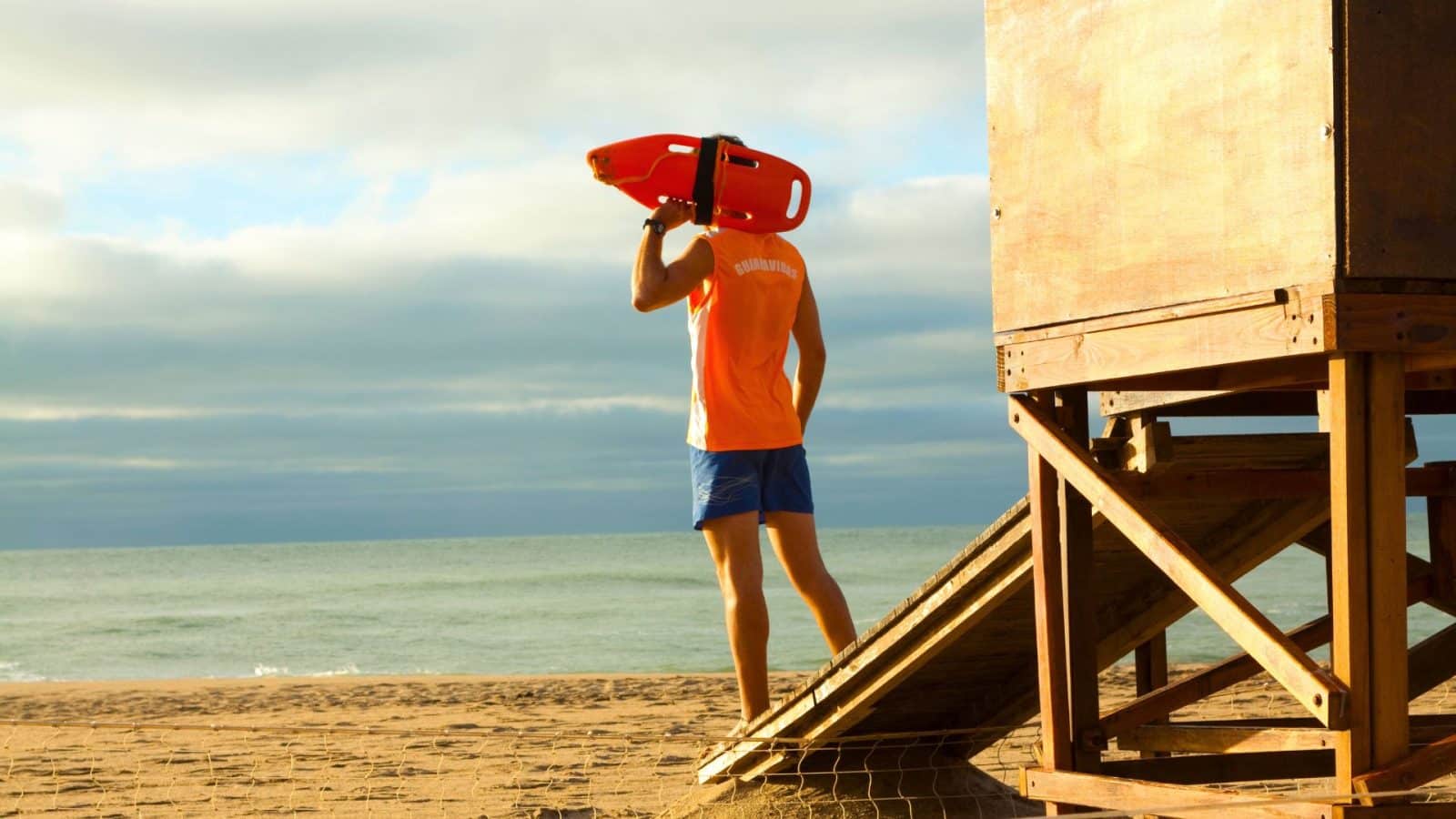Lifeguards play a crucial role in ensuring the safety and well-being of our communities. Their presence is vital at pools, beaches, and various bodies of water where people gather for recreation. This blog post explores how lifeguards contribute to community well-being by providing safety and education and fostering a sense of security among residents.
Ensuring Safety in Public Spaces
Lifeguards are trained professionals who monitor swimming areas to prevent accidents and injuries. Their primary responsibility is to ensure all swimmers follow safety guidelines and avoid dangerous behaviors. By doing so, lifeguards significantly reduce the risk of drowning and other water-related incidents. Public spaces like pools and beaches become safer for everyone when lifeguards are on duty.
Providing Education and Awareness
Another critical aspect of how lifeguards contribute to community well-being is through education. Lifeguards often conduct swimming lessons and water safety programs. These programs teach essential skills such as floating, proper swimming techniques, and understanding water currents. Educating the public, especially children, helps create a more informed and cautious community.
Performing Water Rescues
Lifeguards are trained in performing water rescues, a vital skill in emergencies. They use water rescue equipment such as lifebuoys, rescue tubes, and throw bags to save distressed individuals. Quick and efficient rescues prevent potential fatalities and reduce the severity of injuries. The knowledge that trained professionals are ready to respond to emergencies offers swimmers and their families peace of mind.
Building a Sense of Community
Lifeguards often become familiar faces at local pools and beaches. Their interactions with regular visitors help build a sense of community. People appreciate lifeguards’ friendly and approachable nature, fostering positive relationships and trust within the community. This sense of camaraderie enhances the overall social fabric of the area.
Raising Awareness of Water Safety Issues
Lifeguards often participate in campaigns and initiatives to raise awareness about water safety issues. They collaborate with local organizations, schools, and community centers to spread the message of safe swimming practices. These efforts help create a culture of safety and responsibility around bodies of water.
Inspiring Future Lifeguards
By serving as role models, lifeguards inspire younger community members to pursue lifeguarding as a career or volunteer opportunity. Seeing lifeguards’ positive impact on the community motivates others to contribute similarly. This cycle ensures that the community continues to benefit from dedicated and skilled lifeguards.
Conclusion
In conclusion, lifeguards are invaluable assets that create a safer, more engaged, and healthier community for everyone.
If you want to learn more about the importance of lifeguards or explore opportunities to get involved now that you have learned how lifeguards contribute to community well-being, consider contacting your local swimming pool or beach management.
Communities rely on readily available resources to tackle emergencies effectively. Understanding what resources exist for public emergency response can empower individuals to respond immediately and assist in saving lives. Having the right tools and knowledge makes a significant difference when a natural disaster or medical emergency strikes. Read more here: What Resources Are There for Public Emergency Response?














